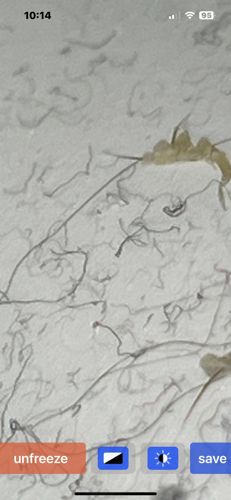Human Head Louse
Scientific Name: Pediculus humanus capitis
Order & Family: Order: Phthiraptera, Family: Pediculidae (specifically Anoplura subcommand for sucking lice)
Size: Adults are typically 2-4 mm long. Nits (eggs) are much smaller, around 0.8 mm long.

Natural Habitat
The primary habitat for human head lice is the hair and scalp of humans. They are commonly found behind the ears and near the nape of the neck, where it is warmer and more protected.
Diet & Feeding
Head lice are obligate parasites that feed exclusively on human blood. They pierce the scalp with their mouthparts to draw blood.
Behavior Patterns
Head lice spend their entire life cycle on the human scalp, feeding multiple times a day. They are wingless and move by crawling. Females lay nits (eggs) on hair shafts close to the scalp, which hatch in about 7-10 days. Nymphs mature into adults in another 7-10 days, and adult lice live for approximately 30 days.
Risks & Benefits
Potential risks include intense itching, skin irritation, and secondary bacterial infections from scratching. Head lice do not transmit diseases. There are no known benefits.
Identified on: 8/29/2025